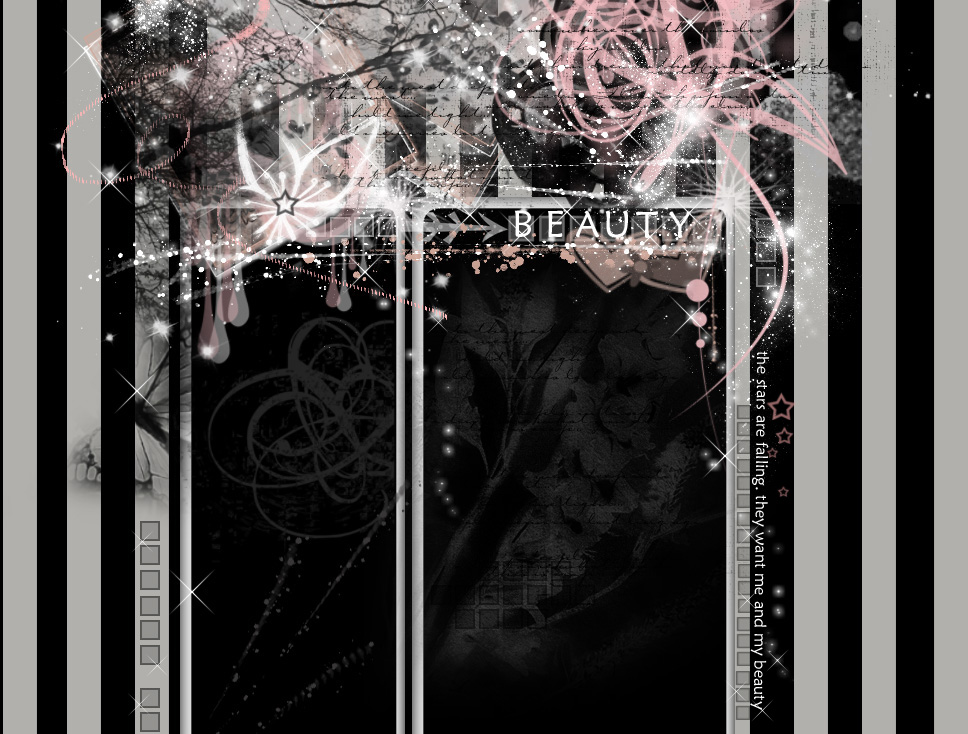Wednesday, October 28, 2009
Re-cap Qns pg 155...
Qns : What were the internal threats that the ancient Chinese faced?
Ans : They faced natural disasters such as civil wars , rebellion , famine & floods .
Rebellion which includes Peasant & Military Rebellion.
Re-cap Qns pg 158...
Qns : What were the internal threats that the people of ancient Southeast Asia faced?
Ans : They faced natural disasters such as rebellion , succession disputes , volcanic eruption , piracy & warfare .
Re-cap Qns pg 161...
Qns : What were the measures taken by the Ancient people to cope with these threats?
Ans : The Chinese in ancient China built dykes so as to control floodings .
The Indus people were very persistent in rebuilding their houses .
Re-cap Qns pg 174...
Qns : What were the measures taken by the Ancient Chinese against foreign invasions?
Ans : They developed more advanced weapons , build physical barriers , armies & a tribute system .
Re-cap Qns pg 177...
Qns : How did they respond to these external threats ?
Ans : The Kings of early Southeast Asian kingdoms had form alliances with their neighbouring kingdom , bulit strong armies & barriers , developed more advanced weapons & strong rebellions.
Re-cap Qns pg 181...
Qns : Why was it important for the people of ancient India, China and Southeast Asia to respond to external threats?
Ans : It was important for them to respond so that they can protect themselves against foreign attacks and had to develop better and more advanced weapons.
HAPPINESS ;
Sunday, September 13, 2009
From exercise book.
What inference(s) can you make from studying the map about the Mauryan Dynasty?
- Overland trade routes covering the whole of India had been established.
- India & Middle East had overland trade routes.
- Rulers of Mauryan & Gupta dynasties made sure these roads were kept in good condition so that travelling would be very comfortable.
What was the result of this interaction?
As a result of the interaction between the Indus people & the Mesopotamians , some archaeologists think that the Indus people might have borrowed the idea of using seals to mark their goods from Mesopotamians and older civilisation .
Reason: Their seals were similar.
HAPPINESS ;
Tuesday, August 25, 2009
Qns: Discuss the impact that the different religion had on ancient Southeast Asia.
There were 3 religions ; Islam , Hinduism & Buddhism . These religions were guided by many ancient Southeast Asian rulers in the way they governed . In mainland of Southeast Asia , Khmer kings became Hindu devarajas or divine kings & had their people built capital cities . The kings palace represented the home of gods . Rulers of island Southeast Asia adopted Islam & called themselves sultans . Thus , their kingdoms were called sultanates . Instead of abandoning their older beliefs , they combined the older beliefs with the teachings of their new religion . When they converted to Islam , the kings no longer saw themselves as gods but they continued to use emblems of kingship , which were usually used by divine Hindu kings . Today , the 3 religions ; Islam , Hinduism & Buddhism continue to shape lives of people in Southeast Asia .
Qns: How did Hinduism & Buddhism spread to Southeast Asia ?
Hinduism came to Southeast Asia around the 1st century CE . People believed that Hindu priests were invited to the courts of ancient Southeast Asian rulers to teach Indian culture . They were invited as they were 1 of the most advanced civilisations of the ancient world .
Buddhism came to Southeast Asia c.300 CE . It was believed that Indian , Chinese traders & Buddhist missionaries were responsible for the spread of Hinduism & Buddhism .
HAPPINESS ;
Wednesday, July 22, 2009
To see all of the previous pictures , go to JULY 2009.
Thank You :)
HAPPINESS ;
Religion .
The priests kept the records of the government and were also in charge of religion. They used oracle bones to predict the future by interpreting cracks produced by the bones by applying heat. They carved questions and their answers onto the bones.
The religion in the time of the Shang dynasty was based on ancestor worship and a worship of many gods; the main god was known as " Shang Ti " or " Lord on High ".
" Shang Ti " was the supreme god over the other gods such as the wind, the sun, the rain and many more.
The Shang Civilisation also believed in life after death.When the kings died,thousands of warriors were buried alive with their king. Even the slaves were buried with him.
HAPPINESS ;
What happened c. 1150 BCE ?
The fall of the Shang dynasty was much like that of the Xia dynasty, the last king was a cruel tyrant. Instead of the people overthrowing the king, he was killed by a king from a rival kingdom, the Chou kingdom. The Chou dynasty was part of the Shang kingdom; its civilization was a combination of the Shang culture and that of non-Chinese civilizations.
Credits: http://library.thinkquest.org/12255/library/dynasty/shang.html
HAPPINESS ;
Monday, July 20, 2009

An Indus Valley seal carved
on a large stone!
HAPPINESS ;


